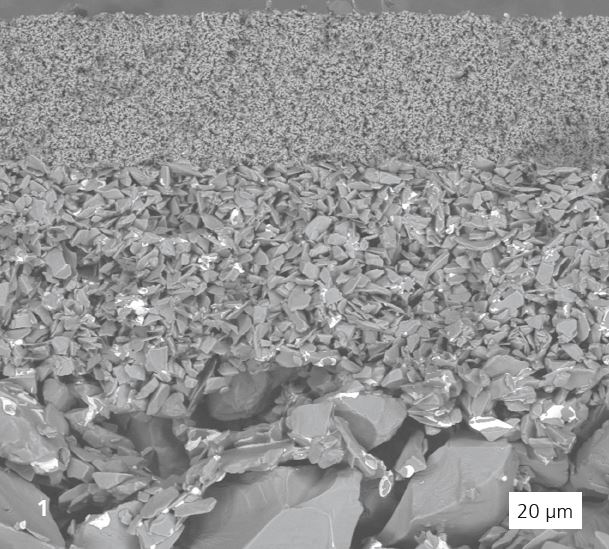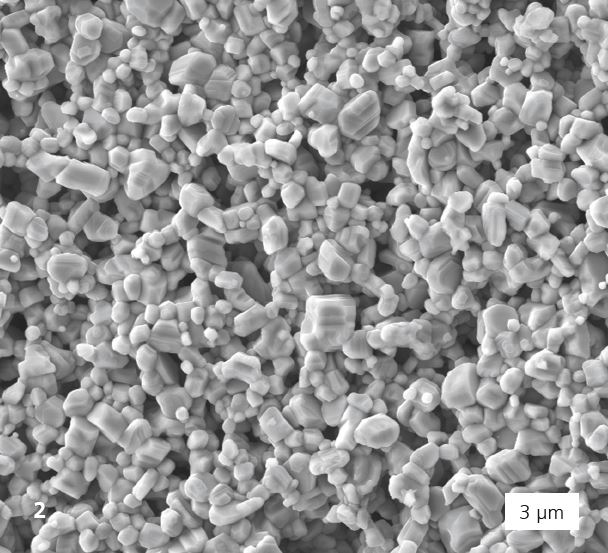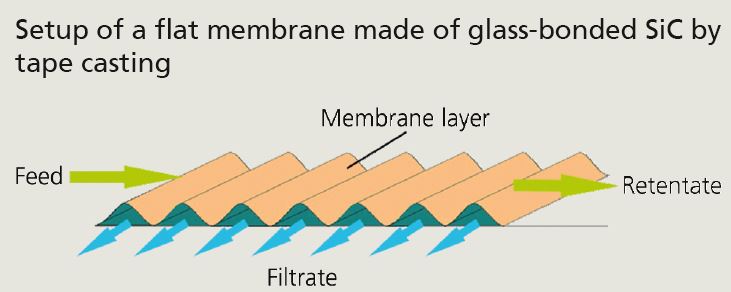


Membrane filters made of oxide ceramics (e.g., Al2O3) are the state of the art for microfiltration (MF) and ultrafiltration (UF). Silicon carbide (SiC) ceramic membranes have recently been gaining popularity for liquid filtration, especially for treatment of oil-water mixtures, or “produced water“, from the oil and gas production. A higher flow has been named as a significant benefit of SiC membranes and confirmed by potential users, giving rise to a new market. In principle, there are three types of materials used for porous SiC ceramics: RSiC, LPS-SiC, and silicate-bonded (glass-bonded) SiC. These three materials have different chemical and physical properties, such as chemical stability and abrasive wear resistance and differ significantly in terms of production costs.
Fraunhofer IKTS‘s longstanding expertise in the area of particle and liquid filtration, different SiC materials, and membrane development has yielded a variety of advancements and innovations in materials adaptation, membrane design, and production and application engineering.
Over the last two years, Fraunhofer IKTS has been working intensively on LPS-SiC microfiltration membranes. Two different variations of extruded substrates with different pore sizes (D50 of 3 and 12 μm) and approx. 45 % open porosity were produced. A homogeneous, porous membrane with an average pore diameter of 400 nm was successfully deposited on top of an intermediate layer with a pore size of 1.5 μm and an open porosity of 45 % (Figures 1 and 2). For mass applications, such as drinking water filtration and treatment of waste water (e.g., gray water or water from biogas plants), glass-bonded SiC flat membranes were developed, manufactured, and tested at Fraunhofer IKTS in the last 15 years. These membranes were made by tape casting technology with casting, structuring, and laminating of a wave structure (see below). These wave structures were combined into stacks in a housing. Unlike in pure SiC filters, the chemical stability is only given for a pH of 2–9 because of the glass bonding. The advantage lies in the very low production costs of about 110–170 euros/m² filter area (installed in the stack) using an established manufacturing method for > 5000 m² filter area/year at Fraunhofer IKTS. This cost advantage is generated through co-casting of the substrate and the intermediate layer and the possibility of fast co-firing of all layers at low temperatures in air.
Services offered
- Design, dimensioning, development, and optimization of SiC filter materials and filtration systems for liquid filtration and exhaust after-treatment
- Application-based characterization of filter properties